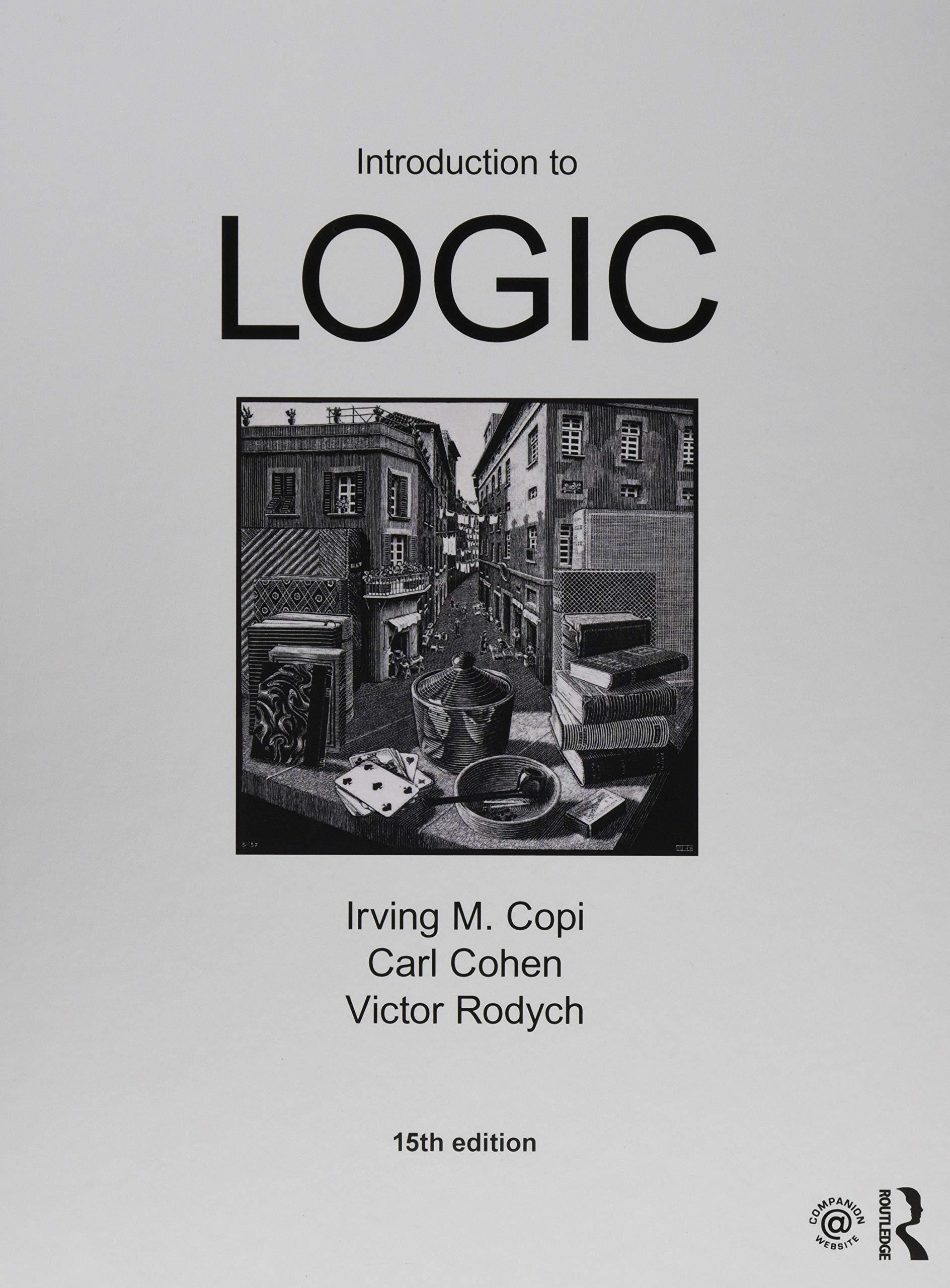In each of the following passages, a. What data are to be explained? b. What hypotheses are
Question:
In each of the following passages,
a. What data are to be explained?
b. What hypotheses are proposed to explain them?
c. Evaluate the hypotheses in terms of the criteria presented in Section 13.3, pp. 564–566.
In an unusual logjam of contradictory claims, a revolutionary new model of the universe, as a soccer ball, arrived on astronomers’ desks in October of 2003—at least slightly deflated.
Based on an analysis of maps of the Big Bang, Dr. Jeffrey Weeks and colleagues, from Canton, NY, suggest that space is a kind of 12-sided hall of mirrors, in which the illusion of infinity is created by looking out and seeing multiple copies of the same stars.
If his model is correct, Dr. Weeks said, it would rule out one variant of the Big Bang theory that asserts that our own observable universe is just a bubble among others in a realm of vastly larger extent. “It means we can just about see the whole universe now,” Dr. Weeks said.
Other astronomers, led by Dr. David Spergel of Princeton, said that their analysis of the same data had probably already ruled out the soccer ball universe. The two groups of scientists, who have been in intense communication in recent days, disagree about whether the soccer ball universe has been refuted. But they all agree that what is amazing about this debate is that the controversy will actually be settled soon, underscoring the power of modern data to resolve issues that were once considered almost metaphysical.
In the scientific journal Nature Dr. Weeks wrote: “Since antiquity our ancestors have wondered whether our universe is finite or infinite. Now, after more than two millennia of speculation, observational data might finally settle this ancient question.”
Dr. Weeks and his colleagues propose that the universe is 12-sided, a dodecahedron.
The waves appearing in a radio map of the universe when it was very young indicate, he argues, that if you go far enough in one direction you would fi nd yourself back where you started, like a cursor disappearing off the left side of a computer screen and reappearing on the right. Thus when cosmic radiation intersects the edges of the universe it would make identical circles on opposite sides of the sky—six pairs of circles, 35 degrees in diameter, in the case of Dr. Weeks’s dodecahedron.
Dr. Max Tegmark, a cosmologist at the University of Pennsylvania, observed:
“What’s nice is that this is so testable. It’s the truth or it’s dead. The data are actually already out there; it’s just a question of sifting through them. We ought to have seen those circles.” So far the circles have not showed up. “Is space infinite or is it not?” Dr. Tegmark asked. “This is what got Giordano Bruno burned at the stake!”
—Reported in Nature , 9 October 2003
Step by Step Answer:

Introduction To Logic
ISBN: 9781138500860
15th Edition
Authors: Irving M. Copi, Carl Cohen, Victor Rodych





